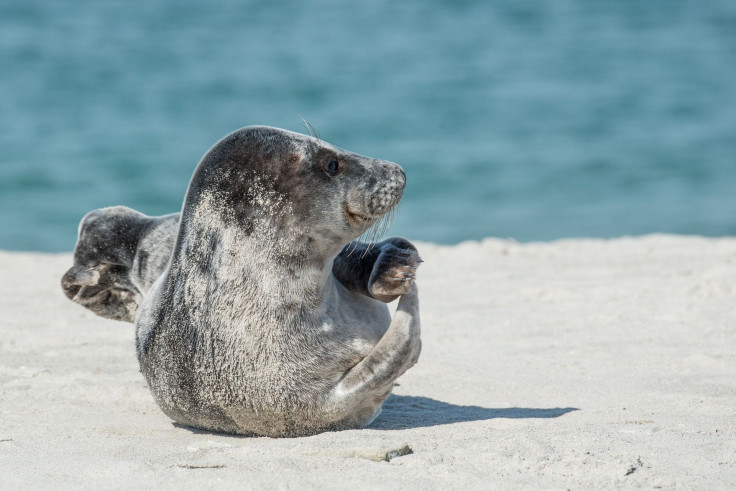Loud Ship Traffic Is Causing Seals To Go Deaf

Seals might have hearing loss when they live in areas with a lot of ship traffic, similar to how noisy cities affect human ears.
Researchers used acoustic recording data to understand sound exposure around shipping lanes and compared that to information about the movements of a couple dozen seals and ship traffic. According to a study in the Journal of Applied Ecology, some of the British harbor seals and gray seals — also known as Atlantic seals or horsehead seals because of their large snouts — live in areas that are noisy enough to temporarily affect their hearing.
Read: Asexual, Hermaphrodite Clam Is Invasive Species
The scientists looked at places with the greatest sound exposure and found that list included 11 out of 25 seal habitat protection areas called Special Areas of Conservation. Harbor seals, which can be identified by their spotted gray coats, were particularly at risk because of how close they stay to the coast, and the sounds are most powerful within about 30 miles of the coast.
“The noise can affect how sea mammals such as whales, dolphins and seals find food and communicate with each other,” the University of St. Andrews in Scotland explained, because the marine carnivores use sound in those activities.
Both seal species studied eat other water creatures like fish and crustaceans, although a day in the life of a harbor seal is different from one in the life of a gray seal. The National Oceanic and Atmospheric Administration says harbor seals mate at sea and give birth in the spring and summer, while gray seals mate on land or ice and give birth in colder months. They are also different sizes: Harbor seals are about 6 feet long and 245 pounds; gray seals are 7.5 to 10 feet long and between 550 and 880 pounds.
Ecologist Esther Jones, who led the study, said in the university statement, “We now need to begin assessing any behavioral changes of seals as a result of chronic exposure to underwater noise, so that we can understand the implications of those changes on individuals and ultimately on population dynamics.”
Shipping lanes in the U.K. are busy places, and the study says they are expected to get even busier, potentially increasing the noise underwater and the effect on seals.
“Urbanisation of the marine environment is inevitably going to continue, so chronic ocean noise should be incorporated explicitly into marine … management plans,” Jones said.
To get more precise results, the researchers have begun using “sound and movement tags” that monitor an individual seal’s sound exposure while tracking the animal. A research summary from the Journal of Applied Ecology’s blog says the tags “are being deployed in Danish and German waters to assess the relative contributions of shipping and construction noise versus natural ambient noise (e.g. from rain) to the sound fields experienced by seals.”
See also:
© Copyright IBTimes 2024. All rights reserved.





















